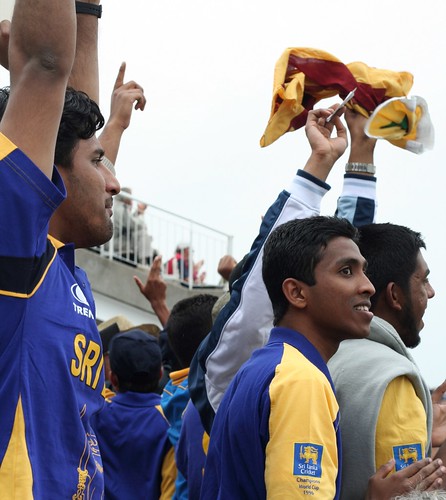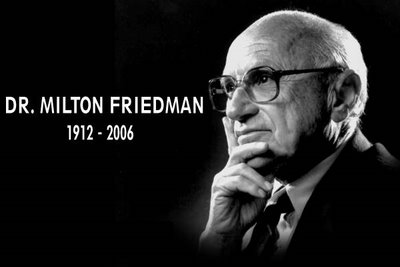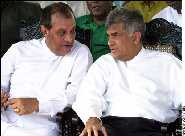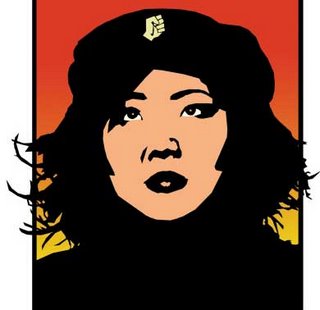So, um.. What else is new? Well, Al Gore won an Oscar, and apparently this time around the Oscars were all ‘green’. Yet another achievement for the hysterical global climate change movement, led by its poster boy, President-not-to-be- Al Gore.
Al Gore’s inconvenient truth won an Oscar for the best documentary; perhaps they should have judged it under whatever category they judged ‘Star Wars’ because that’s what it was, an elaborated piece of science fiction. The inconvenient truth is nothing but a load of convenient lies, and half-truths exaggerated to push an agenda.
There is an excellent article in CATO exposing the sorry-science in the Movie.
The main point of the movie is that, unless we do something very serious, very soon about carbon dioxide emissions, much of Greenland's 630,000 cubic miles of ice is going to fall into the ocean, raising sea levels over twenty feet by the year 2100.
Where's the scientific support for this claim? Certainly not in the recent Policymaker's Summary from the United Nations' much anticipated compendium on climate change. Under the U.N. Intergovernmental Panel on Climate Change's medium-range emission scenario for greenhouse gases, a rise in sea level of between 8 and 17 inches is predicted by 2100. Gore's film exaggerates the rise by about 2,000 percent.
What’s more, the summary for policy makers the IPCC report (full report is expected in May) actually decreased the earlier estimate of sea-level rise by 30%. The summary, for all counts and purposes was actually reassuring, rather than alarming.
But that’s not how the New York Times, or even the local Sunday Times played it. The popular media continues to project a doom and gloom scenario, when nothing can be further from the ‘truth’.
This over-hyping of global warming is entirely intentional, in fact Gore himself is quoted as saying that he believes “it’s appropriate to over-represent how dangerous global warming is” to open up people to the dangers of global warming. The movie is therefore part of his personal project to ‘over-represent’ facts, and perhaps this is why Gore doesn’t seem to believe his own messages, quite evident from the recent unraveling of Al Gore’s own energy consumption which stands at 10,000 kWhs per year!, obviously Gore, like most politicians is a hypocrite.
Ok, enough Gore-bashing.
Now I’m not suggesting the ‘planet is not warming’, or that climate change isn’t real. It is warming, and has been for the last few decades, but the rate in which the planet is warming doesn’t warrant for the sort of radical OMG!-solutions that the climate-change freaks are advocating, nor as far as I know are scientists in complete agreement on the degree of human involvement of climate change among other things.
Ultimately a possible ‘solution’ for climate change is technological, and not political. Policymakers won’t solve the climate change puzzle; they can make only symbolic gestures to that end, at the expense of possible growth. The irony of the fact is that the only way the technological solution can come about is through accumulation of wealth through free-markets and free-flow of ideas.
The state of the world is not bad as the lefties would tell you, in fact by the turn of the century the average life expectancy of the world population stood at just about 30 years, which by now has more than doubled, the infant morality rate has increased and people are richer, better off and in better health across the board.
Science and technology has, in the past, found solutions to problems at were termed impossible to ‘solve’. Nowadays no one hears about the fragile ozone layer, acid rains etc. ultimately it will be down to cost factors which would lead to more focus on finding an affordable forms of renewable energy, there are already few promising technologies which aim to harness the power of wind, ocean waves and solar power. This is definitely where the future lies.
The solutions won’t be found in Koyoto, or any other international agreement or in some green tax on transport, which restricts trade and at breeds poverty. one thing that could work however is ‘voluntary submission’ to green ethics by consumers which in turn would make companies more ‘green’, this is one thing the al-gore types have been successful in doing and they deserve some credit for it (I have to admit an Inconvenient truth is a powerful piece of video advocacy) if the ‘green culture’ takes off, which it has to a degree in the west, then that wont be the most terrible thing in the world.
What cant work is imposing agendas on developing countries citing ‘climate change’ by trying to beat us into agreements that are clearly not in our favor. If you really look at its completely hypocritical, here are a few developed nations saying that, “look here India and china, we grew at the expense of the whole planet, and that’s so not cool, so now that you guys are growing and developing why don’t you develop more ‘sustainably’, and slowly? “
I’d say, go to fucking hell.
Somewhat Related Link:
http://www.greatglobalwarmingswindle.com/



































